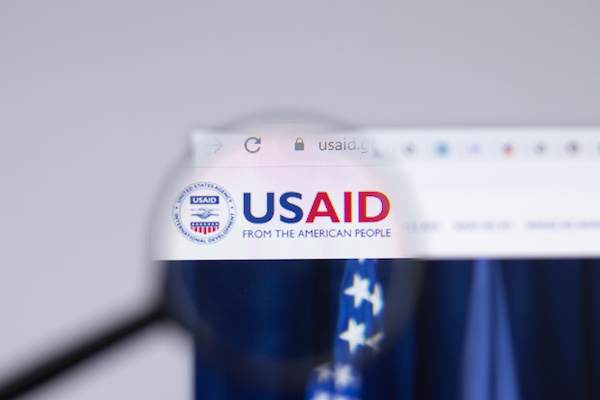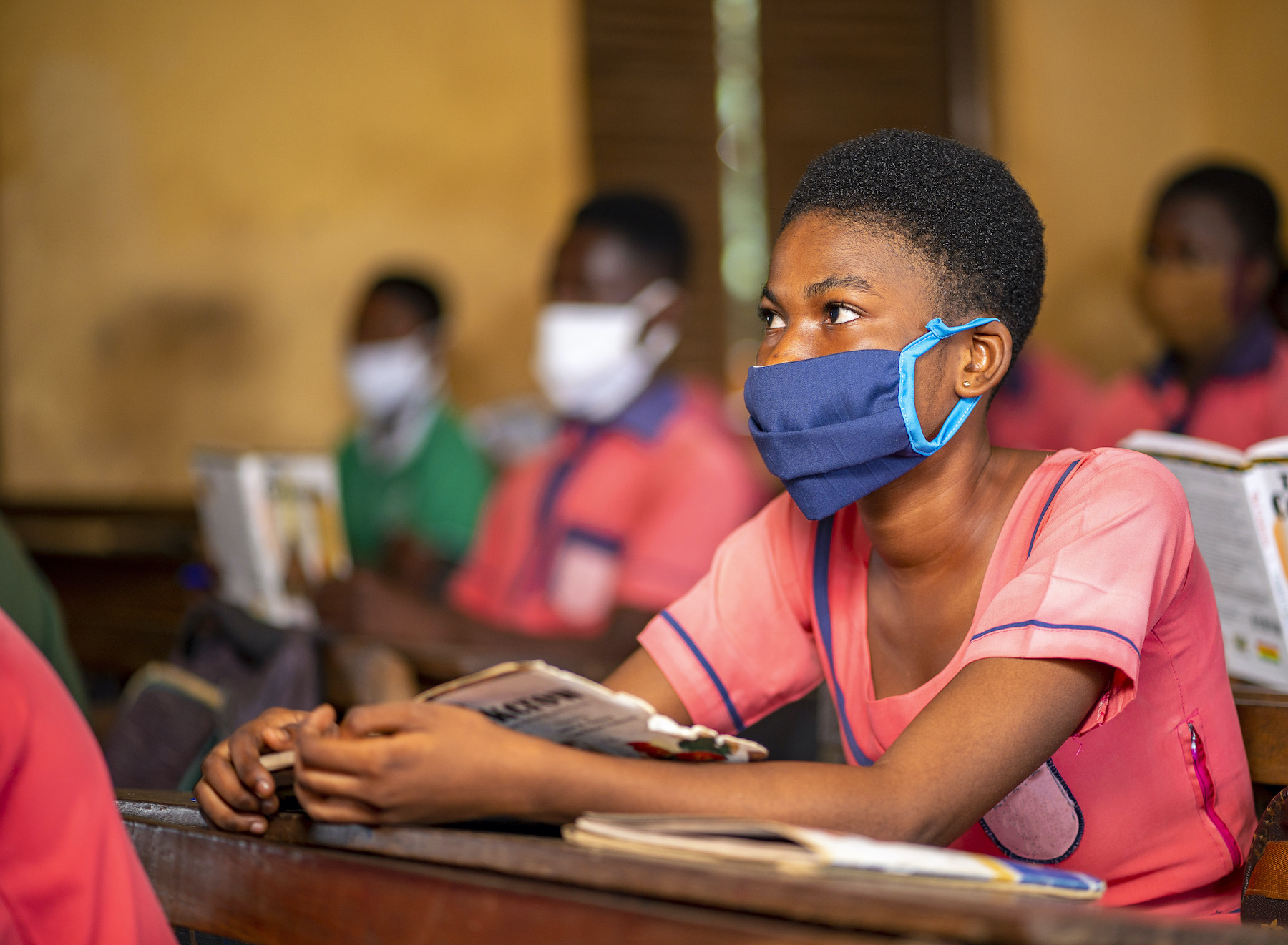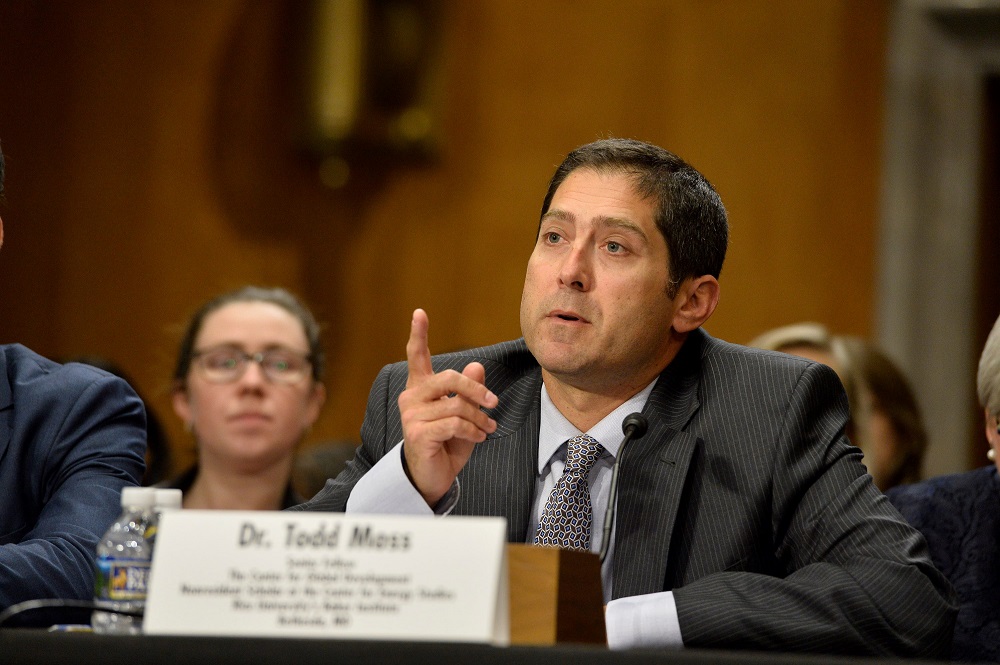Recommended
There’s a representation problem in the fields of economics and research that has been well documented. As my colleagues have written about previously here and here, studies have shown that only 5 percent of papers in top journals study low- and middle-income countries (LMIC), and research output is strongly correlated with a country’s GDP. A recent report discusses the shortage of funding for African researchers in the education sector and other challenges they face. Not every piece of research about a country needs to be written by someone from that country, but the dearth of research produced by LMIC researchers indicates that there’s a systemic problem.
As a northern research institution, we at CGD have been working to increase the level of locally-led and generated, high quality research that exists, in an effort to be part of the change that we know needs to happen. CGD’s education program from its start has prioritized research partnerships with organizations based in LMICs, particularly in Africa. The goal of these partnerships has been to work collaboratively to define relevant questions for a particular context, co-produce research outputs, and use these outputs to impact education policy and programming.
Over the last four years we’ve provided just over $1.5 million in total to several African partner research organizations: the African Population and Health Research Center (APHRC) in Kenya; the Institute of Educational Planning and Administration (IEPA) at the University of Cape Coast in Ghana; the Centre for Educational Research and Training (CERT) at the University of Malawi; and the Research Center for Economic and Social Development (CRDES) in Senegal.
Some of the results of these partnerships are highlighted here as PREPARE, a consortium of CGD research partners who have been studying the impacts of COVID-19 on education and more broadly how education systems can remain resilient in the face of disasters. Through our partnerships, we have worked on a broad range of education policies: from studying inconsistency in high stakes exams, and efforts to promote gender equality in the classroom, to the sustainability of school feeding programs.
These partnerships involved new ways of working for all of us and plenty of challenges and learning opportunities along the way. As I will soon be stepping down from a role managing these partnerships, I wanted to reflect on our successes, mistakes and the lessons I’ve learned, alongside a stellar team of partners and colleagues, about how to make these partnerships as effective and mutually beneficial as possible. I shared a draft version of this blog with partners who we have worked with, and have incorporated their feedback.
1. Partnerships work best when research partners collaborate as equals and research is co-created
Several times we heard from our partner organizations that our joint projects were the only ones in which they were asked to develop a research agenda or indeed given any flexibility to determine the research questions. They were accustomed to being asked to deliver pre-defined projects more like consultants or data collection firms than scholars engaged in the full research cycle. Because we didn’t do that, but instead conceived projects together and worked together through the publication stage, the back-and-forth required took a long time—but inputs came from both sides, all partners were true collaborators, and products were jointly owned.
We didn’t always do it right. At times we developed ready-made research plans that we took to existing partners, or to a call for new partners which we then hoped these partners would “own”—that never worked and usually resulted in time not well spent.
We saw that there is an important role for partnerships when they’re genuine. Northern partner organizations may bring a new or global perspective, or different skills to the table, qualities our partners valued about working with CGD. For example, while we expected our partners to eagerly define policy-relevant research questions within general topic areas, more often this was a challenge that required putting our minds together. Similarly, our research partners knew much better than we did what the process of using evidence to inform policy could look like in their own countries, but we were able to lend our experience in communicating research findings and making messages more concise for policy audiences.
Handing over the power to set agendas and define research plans turned out not to be natural and straightforward, and it helped both sides hugely to be able to work together, with different advantages to bring to the table and the common goal of improving education policy.
2. Partnerships require more than money - they take time, effort and close engagement
Discussions about the need for more local research often focus on the lack of funding for researchers based in LMICs. That’s one part of the equation, but there’s a lot less said about the details of making research partnerships work. Partnerships entail costs in terms of time, effort, coordination between partners, and possibly capacity strengthening support (more on this below). Getting used to new ways of working and communicating also took time and required close engagement between partners.
Being too prescriptive was a mistake we made, but so was giving a research project a broad and ambitious remit without enough clarity on expected outcomes. One of our earliest projects required obtaining and linking hard-to-get datasets to answer policy questions that weren’t defined clearly enough, so producing concrete outputs was a struggle. Research partnerships require a balance and clear communication between partners.
Close engagement is also harder when you’re working remotely. While we learned to work well with our partners on Zoom over the last three + years, research certainly advanced more quickly when we were able to work together in person. Some parts of the work – like background research and parts of the data analysis – could more easily be divided up and discussed during check-ins. Other parts, where there were thornier or more technical issues up for discussion, like nailing down research questions or design, required longer meetings and were harder to do remotely. In our case, travel plans to other countries and plans to have partners spend time with us in DC or London were thwarted by the pandemic. One of our research partners even came to London in March 2020 only to have his one-month trip cut to a couple of days, turn around, and quarantine in Accra for 10 days.
Whenever possible, in-person collaboration time should be built into partnership plans. And regardless, partners should take time at the beginning to plan how meetings, division of labor, and overall working relationships will work, and re-evaluate along the way.
3. LMIC partners can benefit from capacity strengthening that’s right for them
All research organizations will of course have varying strengths, weaknesses and overall capacity. Most of the partners that we worked with expressed that they value a role for capacity strengthening: for us this was a bi-product of some of our research engagements, and partners at times wanted more targeted capacity-strengthening activities than fit the scope of our sub-grants (we asked them in an anonymous survey about things like this).
Some specific areas our partners requested support in are: technical aspects of research such as research design, data presentation, writing and communications for a policy audience, and recruitment of new research staff. Some also expressed interest in mentorship opportunities. Partners were generally stretched to their maximum capacity (another reason why completing projects often took longer than we all would have liked), which only became more true over time as they secured a growing number of grants and partnership opportunities from northern organizations, so CGD researchers were actively engaged in each part of the research. Going forward, it would be useful to devote more time in the planning stages of the partnerships to understand the kinds of support if any that partners want, to determine what kind of resources are available for that support, and to clearly assign roles. Additionally, because of the added time these projects require, having plenty of staff people on each side of the partnership dedicated to it will help to speed up delivery times, although this too will have cost implications.
Increasing the production of research from resource-constrained settings requires technical changes in how things work as well as bigger norms and systems changes over time. This report from a recent CGD Working Group provides lots of good ideas on how to build an ecosystem where research is locally led and generated and used to inform policy decisions.
4. Funders have a role to play in enabling genuine and flexible partnerships
Funding resources will be needed for the time, staffing, coordinating and relevant capacity strengthening that’s needed and that will benefit partners on both sides. That means more funding to LMIC research organizations but what’s even more important is how flexible that funding is and what researchers get to do with it. They should be empowered to develop and implement their own research agendas, but also supported in the process as needed.
Our partnerships worked through sub-grants, so funds flowed through CGD. We are a fellow research organization that also reports to funders, so it wasn’t entirely a funder-grantee relationship but as a grant manager, some of that power dynamic was inevitably there. In our case, it helped to keep the technical roles and grant management roles separate and to have research staff on each project focused only on technical aspects of the research with the partner organization. It’s worth trying out different arrangements too—direct, comparatively-sized funding agreements to each partner could also help to ensure that the partners are coming together on a project as equals. In some cases, a research organization from the global south could also be the lead organization on a grant and sub-grant others from LMIC or high-income countries who have clear roles in delivering the project. Our experience has also shown that funding through a northern research organization is also a model that can work well.
Funders should continue to support various models of research partnerships, ideally with long-term funding that gives researchers enough time and flexibility to produce work that can enter into policy discussions and to begin to make systemic changes in the field of research. Flexible funding, patience, and time to plan how partnerships will work are all ingredients that can help create these changes
We looked to our partners to work with us to produce high quality, policy-relevant research as the main goal, while amplifying the voices of LMIC scholars, and we’re proud of the results of those research initiatives. I feel lucky to have been a small part of several fruitful partnerships with excellent partners and collaborators who want to change business as usual when it comes to education research. These partnerships do not stand to benefit only organizations from the global south; as an institution from the global north, we benefited greatly from the chances to sense-check our theories, better understand education policy priorities and processes in our partner countries, and reach wider audiences.
More time, effort, and trialing of new ways of working are needed to shift the current power dynamics, but the good news is that trends are changing and the opportunities to see new, impactful research from those who represent the countries and communities being researched are huge.
Thank you to Might Abreh, Susannah Hares, Radhika Nagesh, Moses Ngware, Jack Rossiter, and Justin Sandefur for comments on this blog.
Disclaimer
CGD blog posts reflect the views of the authors, drawing on prior research and experience in their areas of expertise. CGD is a nonpartisan, independent organization and does not take institutional positions.
Image credit for social media/web: Media Lens King / Adobe Stock





